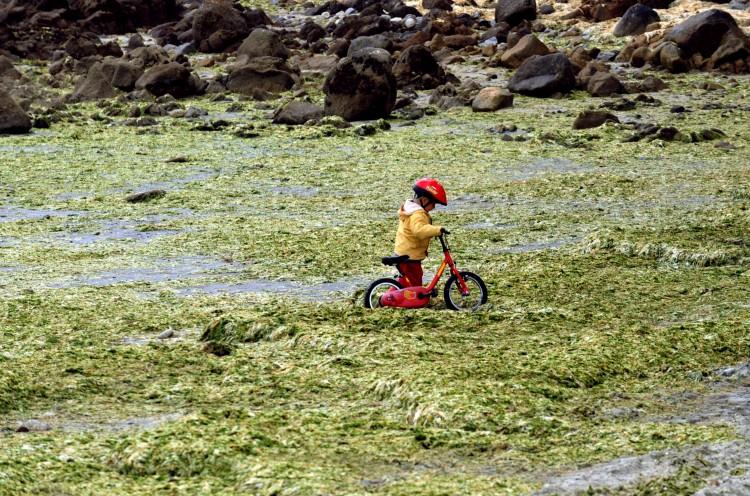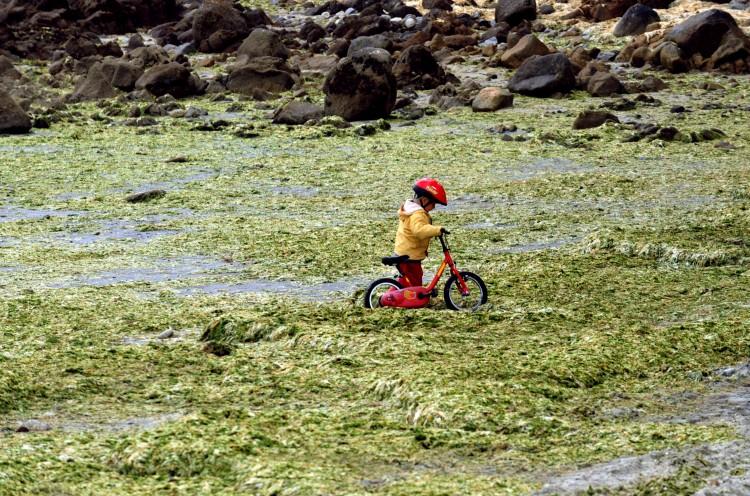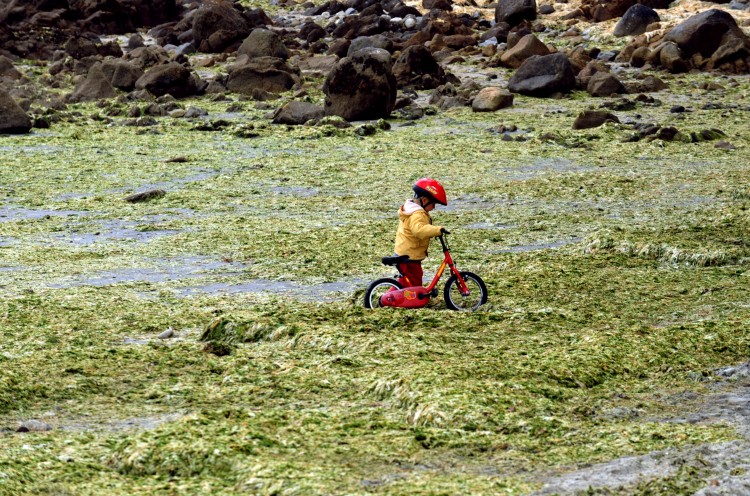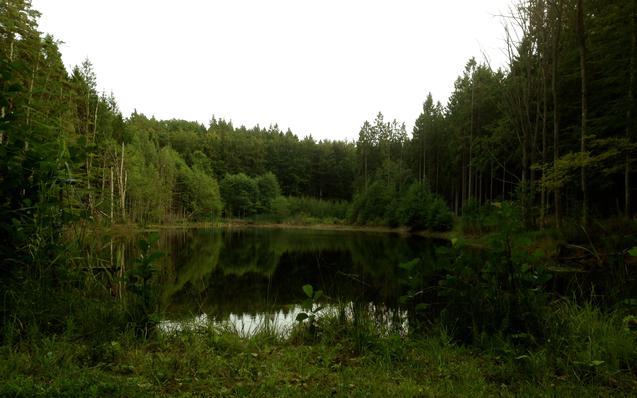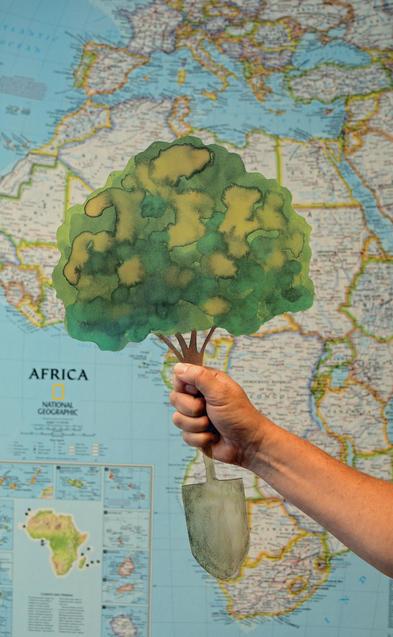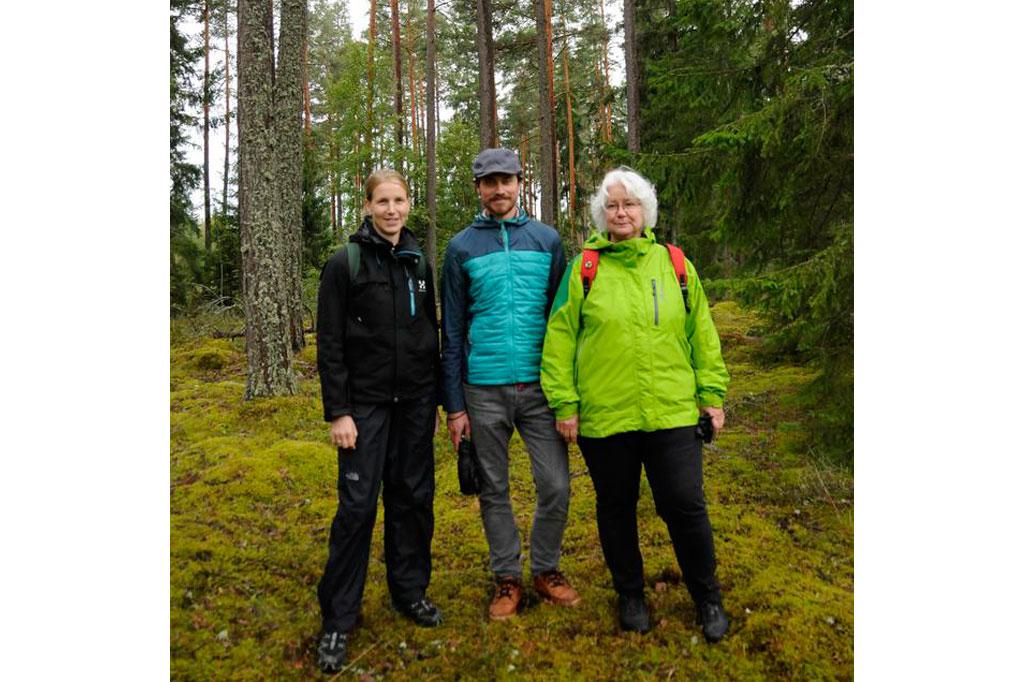STOCKHOLM, Sweden—Algal blooms are choking the Baltic Sea—and 540 other coastal systems worldwide.
In the last decade, the area considered a “dead zone” has grown from 22 percent to 28 percent in the Baltic Sea, which borders Sweden, Finland, Germany, Poland, and other Eastern European nations.
It is a common trend in coastal bodies of water worldwide: Agricultural chemical runoff feeds algae until it chokes all the oxygen required for sea life out of the water.
“Dead zones are growing in the Baltic Sea primarily due to a process called eutrophication,” explains Pauli Merriman, program director at the World Wildlife Fund (WWF). “It is what happens when excess nutrients, such as nitrogen and phosphorus, are transported from the land to the sea.”
The nutrients feed and increase algal blooms, which not only affect tourism negatively as they sully the sea, but also consume oxygen in quantities the sea cannot sustain.
Agriculture accounts for the largest share of the nutrient runoff, but poor septic tank wastewater management also results in eutrophication.
Professor Emeritus Bob Diaz of the Virginia Institute of Marine Science, a leading expert on dead zones, co-authored a United Nations environment program report titled “Our Nutrient World,” which was published late February.
“We’ve identified 540 coastal systems worldwide that are suffering from nutrient pollution and low-oxygen conditions, with another 220 areas of concern,” Diaz said, according to an article published on the Virginia Institute of Marine Science’s website. “Steps to manufacture and use nitrogen compounds more wisely are critical components of any serious attempt to restore the health of coastal waters and their marine life.”
Diaz cites the successful recovery of 60 sites that were put on a “pollution diet.” He said this success bodes well for America’s largest estuary, Chesapeake Bay; the U.S. Environmental Protection Agency is now limiting the amount of nitrogen and phosphorus that can enter the estuary.
Some sea life is versatile and can move away from the areas near the bottom where oxygen levels are lowest—others simply die when the oxygen is depleted.
“Different organisms have different tolerance levels,” explained Cecilia Lundblad of the Swedish Environmental Protection Agency. “But, a level of about 2 milligrams per liter of water [about 8 milligrams per gallon of water] is considered as a limit for most species,” she explained.
“But not all oxygen depletion is due to eutrophication,” said Merriman. “It is also caused by the sensitive nature of the sea.”
The Baltic Sea is a relatively closed sea with slow water exchange. Areas that have a lower supply of water and high levels of nutrients are more susceptible to oxygen depletion.
In the 1960s, cod was plentiful from the southern tip to the northern reaches of the Gulf of Bothnia. Today, cod fishermen only find their bounty in the southern part of the Baltic Sea. The most sensitive fish species—such as cod, whiting, and plaice—are the first to disappear.
“In the current situation, the lack of oxygen is so great that it can hardly be more,” said Bertil Hakansson, director of marine management at the Swedish Agency for Marine and Water Management. “However, there is still a risk that more phosphorus is released from the seabed in areas that now have little oxygen and [these areas could] become entirely without oxygen.”
Countries within the Helsinki Convention have a joint action plan for the Baltic Sea environment and stopping eutrophication. Their goal is to achieve a good ecological balance by 2021.
“The water exchange between the North and the Baltic Sea is beyond control, but it is also the lungs of the Baltic Sea,” said Maria Laamanen, Helsinki Commission secretary. “The most effective measure that can be taken is to reduce nutrient inputs to the sea to reduce the amount of algae and decomposing organic matter.”
The Epoch Times publishes in 35 countries and in 21 languages. Subscribe to our e-newsletter.
